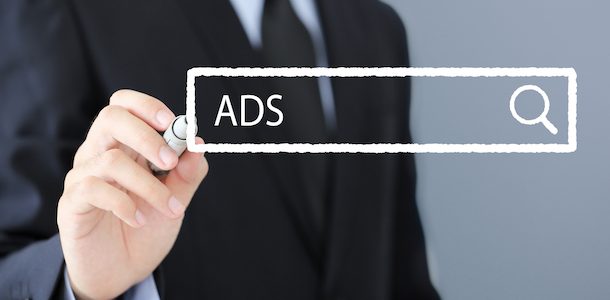Google’s Parallel Tracking (PT) has been active since October 30, 2018, so LinkConnector (LC) now has considerable experience with it and can report about how it affects tracking and SEM affiliates in performance marketing. We’ve heard all the claims from several in our industry that PT just doesn’t affect affiliate marketing that much. If you stay with me and read on, I think you will conclude as I have that the impact on SEM affiliates (and the merchants they promote) is SIGNIFICANT! So, if you’re a serious SEM affiliate, Parallel Tracking simply cannot be ignored.
PT—A Refresher
As a reminder, PT was implemented by Google in order to overcome an issue with Traditional Tracking that caused some delay in sending a user from a Google search to the advertiser’s landing page. When a user clicks a search ad and PT is invoked, Google sends a user directly to the advertiser’s landing page while simultaneously calling the network via the Tracking URL.
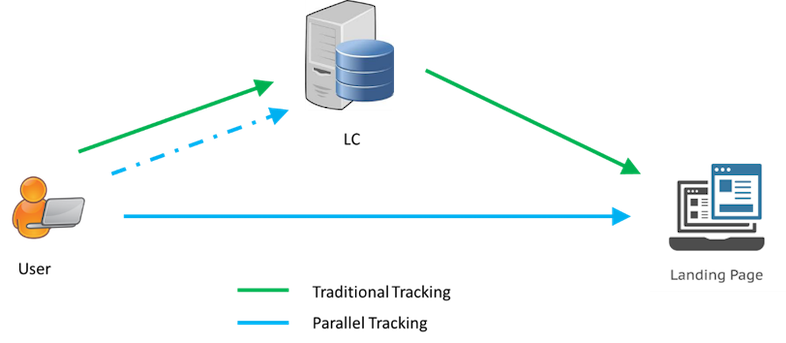 In Traditional Tracking, a user clicks on a link like this:
In Traditional Tracking, a user clicks on a link like this:
https://www.linkconnector.com/ta.php?lc=009999000001001435
And the network (LC in this example) then sends the user to the landing page that results in this URL:
https://www.merchant.com/?usource=lc&AID=95666&PID=19234&SID=&AffID=8635&utm_source=LC&lctid=1189554
In most every promotional link used in affiliate marketing, parameters are provided to the advertiser’s landing page. These parameters serve one or more of the following purposes:
Control – used to allow the landing page to record a value which controls subsequent actions on the advertiser’s site like implementing dynamic tracking.
Informational – passed to the advertiser and generally used in reporting. Applications like Google Analytics use Informational parameters.
Special – provided for a specific purpose. In this example lctid is provided to set a first party cookie to accommodate tracking to counteract the effects of Safari ITP 2.0 which limits the use of third party cookies.
In Parallel Tracking, the Tracking URL does not send the user to the landing page, so the affiliate must assist the network by adding these parameters to the Google Ad. In LC we provide the following two values to the SEM affiliate to complete the Google Ad and ensure the needed parameters arrive at the advertiser’s landing page:
Final URL: https://www.merchant.com/
Final URL suffix: usource=lc&AID=8635&PID=19234&SID=&AffID=8635&utm_source=LC&lctid={gclid}
Notice the similarity between the Final URL suffix and the parameters we described above that are sent to the landing page in Traditional Tracking.
PT by the Numbers
The PT rollout was very slow at first, limited mainly to mobile traffic from Chrome browsers; however, in early February 2019 Google significantly ramped up its use of PT with Safari. Today we see Safari representing 55% of the PT clicks (which happens to reflect Safari’s mobile browser share).
![]() PT clicks overall account for 28% of all SEM clicks today, which is quite large, but our expectation is this will grow to 42% (or higher) which would reflect the overall mobile browser market share.
PT clicks overall account for 28% of all SEM clicks today, which is quite large, but our expectation is this will grow to 42% (or higher) which would reflect the overall mobile browser market share.
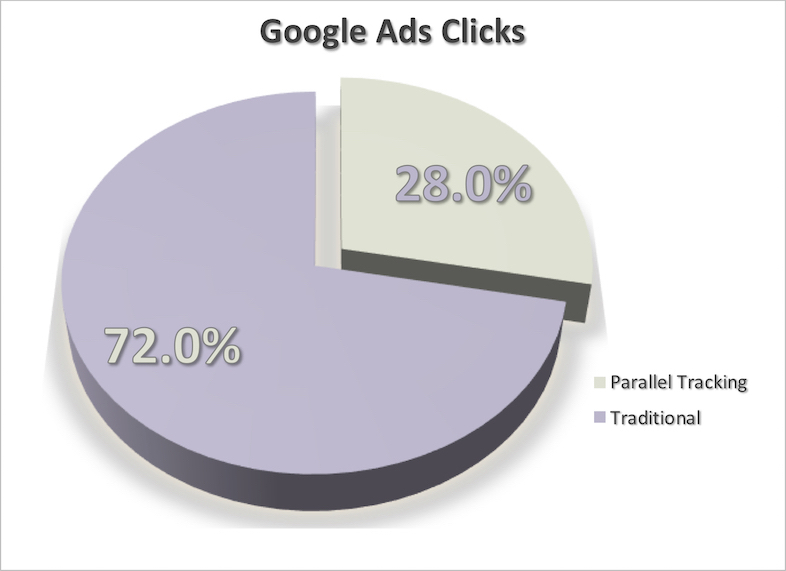 PT’s Effect on SEM Tracking
PT’s Effect on SEM Tracking
I’ve heard many astute technical people from other networks state that since cookies are still set in the Tracking URL their network can still track PT clicks, and this is true for about 22% of PT clicks. Unfortunately, while cookies are set (except for Safari 12+, more on that later) to credit a transaction the network transaction code must also be called, so it can be matched to the cookie.
Remember the reference above to Control parameters? Well, those are needed to determine what network to call in a dynamic scenario. LC has measured dynamic calling as occurring on 65% of all transactions. This is important because whenever a dynamic (multiple networks promoting a merchant) scenario exists and PT coding is not present, the click cannot be tracked.
Okay you say, but 100%-65% would indicate that 35% of PT clicks are trackable. Not quite. You see, Safari ITP 2.0 also requires a special setup for PT and if it is not present an additional 13% of PT clicks cannot be tracked.
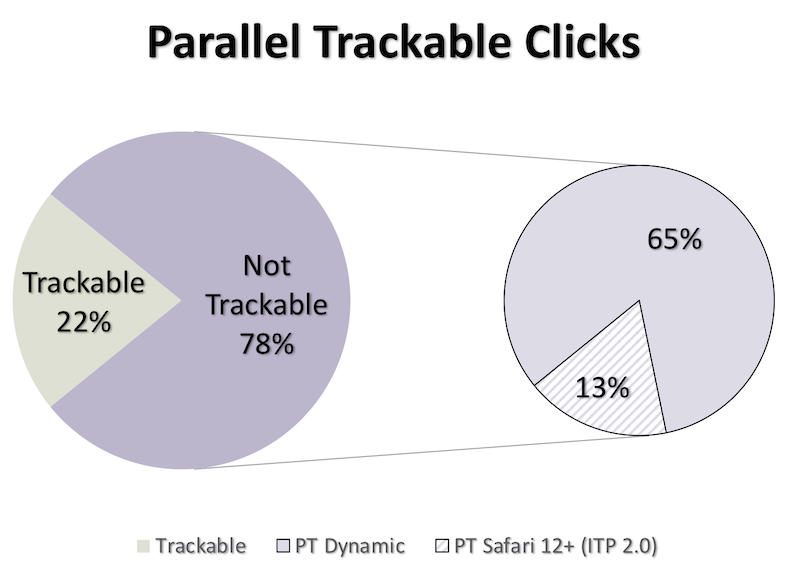 Now, given that PT clicks represent 28% of all SEM clicks simple math shows us that 22% of all SEM clicks are not trackable if a PT solution is not implemented.
Now, given that PT clicks represent 28% of all SEM clicks simple math shows us that 22% of all SEM clicks are not trackable if a PT solution is not implemented.
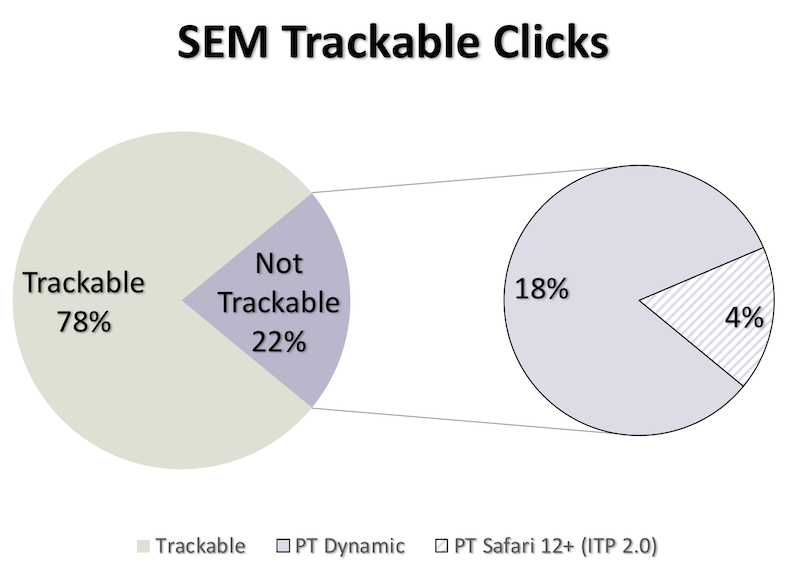 PT Matters
PT Matters
The bottom line is that if your network doesn’t accommodate Parallel Tracking you are losing money—period. The table below shows how much of a $1,000 SEM spend on clicks is simply not trackable today and at some future date when PT clicks float up to 42% of all SEM clicks.
Yes, you may be happy that your current $1,000 spend is netting you $1,200 in commissions, providing a $200 margin. However, if you were in LC which has PT implemented your margin would be closer to $500 for that same $1,000 spend.
For any campaign you have dropped since October 2018 when Parallel Tracking started, you might consider that the reason the campaign wasn’t profitable is tied to the particular network tracking solution (or lack thereof). Your effort and promotional investment are limited and extremely valuable. So, take the time to make sure your network has a solution worthy of your time and money.
What has your experience been with Parallel Tracking? Want to get started with Parallel Tracking enabled programs? Leave us a comment or contact us at [email protected].

